Table of Contents
SSC conducts the SSC CGL exam every year to recruit candidates for various posts. If you are preparing for this exam, it is important to check the syllabus and make a proper study plan before appearing for the final exam. The SSC CGL syllabus includes four subjects: General Intelligence and Reasoning, Quantitative Aptitude (Maths), English Language and Comprehension, and General Awareness. Understanding the syllabus will help candidates focus on important topics and prepare effectively for the exam. In this article, you will find the complete SSC CGL Syllabus 2025.
SSC CGL Syllabus 2025
The SSC CGL exam is conducted by the Staff Selection Commission to fill Grade B and Grade C government jobs. This exam has two stages – Tier 1 and Tier 2, both conducted online. To get these good-paying jobs, you need to prepare sincerely. The SSC CGL Syllabus 2025 will guide you like a roadmap. If you study every topic properly, you will be able to clear the exam process easily.
SSC CGL Syllabus: Overview
The Key highlights regarding the SSC CGL Syllabus 2025 for both Tier 1 and Tier 2 Examination is tabulated below.
| Category | Details |
|---|---|
| Exam Name | SSC CGL (Staff Selection Commission – Combined Graduate Level Exam) |
| Organizing Authority | Staff Selection Commission (SSC) |
| Selection Process | Tier 1 (Objective) → Tier 2 (Objective) |
| Subjects Covered | Tier 1: General Intelligence & Reasoning, General Awareness, Quantitative Aptitude, English Comprehension Tier 2: Quantitative Abilities, English Language & Comprehension, General Studies (Finance & Economics), Statistics, Computer Knowledge, Data Entry Speed Test (DEST) |
| Category | Syllabus |
| Official Website | ssc.gov.in |
SSC CGL Tier 1 Syllabus
To start your SSC CGL 2025 exam preparation in the right way, it is important to understand the syllabus properly. Knowing the syllabus in detail will help you compete better with other candidates. To make it easy for you, we have provided the latest SSC CGL syllabus in this article. You can check the details here or download the official syllabus PDF from ssc.gov.in.
SSC CGL Syllabus for General Intelligence and Reasoning
General Intelligence and Reasoning plays crucial role in the SSC CGL Tier 1 Examination, that impacts great score in the results. The SSC CGL Syllabus for Tier 1 Stage is tabulated below:
| General Intelligence and Reasoning Syllabus | |
| Analogies | Similarities and Differences |
| Space Visualization | Spatial Orientation |
| Problem-Solving | Analysis |
| Judgment | Decision-Making |
| Visual Memory | Discrimination |
| Observation | Relationship Concepts |
| Arithmetical Reasoning | Figural Classification |
| Arithmetic Number Series | Non-Verbal Series |
| Coding and Decoding | Statement Conclusion |
| Syllogistic Reasoning | Semantic Analogy |
| Symbolic/Number Analogy | Figural Analogy |
| Semantic Classification | Symbolic/Number Classification |
| Figural Classification | Semantic Series |
| Number Series | Figural Series |
| Word Building | Coding & Decoding |
| Numerical Operations | Symbolic Operations |
| Trends | Space Orientation |
| Space Visualization | Venn Diagrams |
| Drawing Inferences | Punched Hole/Pattern Folding & Un-folding |
| Figural Pattern Folding and Completion | Indexing |
| Address Matching | Date & City Matching |
| Classification of Center Codes/Roll Numbers | Embedded Figures |
| Small & Capital Letters/Numbers Coding, Decoding, and Classification | |
SSC CGL Syllabus for Quantitative Aptitude
The preparation of quantitative aptitude requires lots of practice and knowledge of tricks and tips to solve the questions with less time. Candidates can check the CGL syllabus for Quantitative Aptitude here:
| Quantitative Aptitude Syllabus | |
| Computation of whole numbers | Fractions and relationships between numbers |
| Profit and Loss | Time and distance |
| Time & Work | Percentage |
| Ratio & Proportion | Discount |
| Partnership Business | Mixture and Allegation |
| Square roots | Averages |
| Graphs of Linear Equations | Triangle and its various kinds of centers |
| Congruence and similarity of triangles | Interest |
| Basic algebraic identities of School Algebra & Elementary surds | Circle and its chords |
| Regular Polygons | Circle |
| Right Prism, Circular Cone, | Right, Circular Cylinder, Sphere, |
| Heights and Distances | Hemispheres, |
| Rectangular Parallelepiped | Histogram |
| Regular Right Pyramid with triangular or square base | |
SSC CGL Syllabus for English Language and Comprehension
The English Language and Comprehension section in the SSC CGL Exam is scored and takes less time since it doesn’t need calculations. However, good understanding and a habit of regular reading are important to score well. The detailed SSC CGL syllabus for English Language and Comprehension is provided below.
| English Language and Comprehension Syllabus | |
| Phrases and Idioms | One-word Substitution |
| Sentence Correction | Error Spotting |
| Fill in the Blanks | Spelling Correction |
| Reading Comprehension | Synonyms-Antonyms |
| Active Passive | Sentence Rearrangement |
| Sentence Improvement | Cloze Test |
SSC CGL Syllabus for General Awareness
The General Awareness Syllabus under SSC CGL includes a variety of topics like: Sports, History and Culture, Science, etc. Current Affairs of the last 6 months are also very important to score well in this section. Performing well in this section can boost your overall score in the SSC CGL Tier 1 Exam.
| General Awareness Syllabus | |
| History, Culture | Geography, Economic Scene |
| General Policy & Scientific Research | Science |
| Current Affairs | Books and Authors |
| Sports | Important Schemes |
| Important Days | Portfolios |
| People in News | India and its Neighboring Countries |
| Questions about History, Culture, Geography, Economic Scene, General Policy & Scientific Research | |
| Questions about Science, Current Affairs, Books and Authors, Sports, Important Schemes, Important Days, Portfolios, People in the News | |
SSC CGL Tier 2 Syllabus
The SSC CGL Tier 2 exam pattern and syllabus have been updated recently. The exam will now have only 2 stages: Tier 1 and Tier 2. Candidates should check the detailed SSC CGL Tier 2 syllabus given below.
- Paper I: This is Compulsory for all posts,
- Paper II: This is for candidates who apply for the post of Junior Statistical Officer (JSO) in the Ministry of Statistics and Programme Implementation and
- Paper III: This is for candidates who apply for the posts of Assistant Audit Officer/ Assistant Accounts Officer. Objective Type, Multiple choice questions, except for Module-II of Section-III of Paper-I
SSC CGL Tier 2 Syllabus for Paper 1
Paper 1 in the Tier 2 examination is compulsory for all candidates and carries a total of 390 marks. So the candidates must be aware of the topics asked in the various sections of the paper. Even though the Mathematics, Reasoning, English and General Awareness sections are common in both Tier 1 & 2, the strategy to prepare for both levels is different. Check the CGL Tier 2 syllabus for paper 1 in the table mentioned below for all topics:
| Section | Module | Topics |
| Section I | Mathematical Abilities |
|
| General Intelligence and Reasoning |
|
|
| Section II | English Language And Comprehension |
|
| General Awareness |
|
|
| Section II | Computer Proficiency |
|
SSC CGL Tier 2 Syllabus for Paper 2
Candidates who selected the JSO post in the application form and cleared the Tier 1 cutoff for JSO can appear for Paper 2 of the Tier 2 exam. The SSC CGL Tier 2 syllabus for Paper 2 is provided in the table below for all topics to make it easy for candidates to prepare.
| Subject | Topics |
| Statistics |
|
Are You Preparing for SSC CGL 2025? – Click Here to Clear All Your Doubts

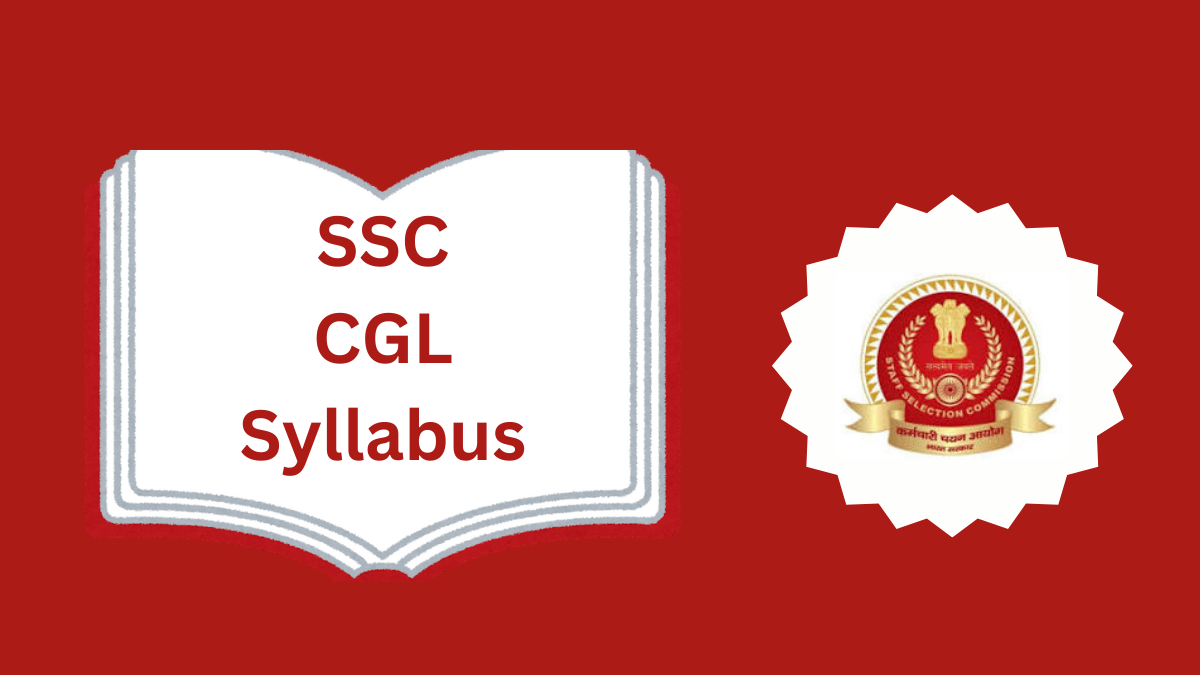
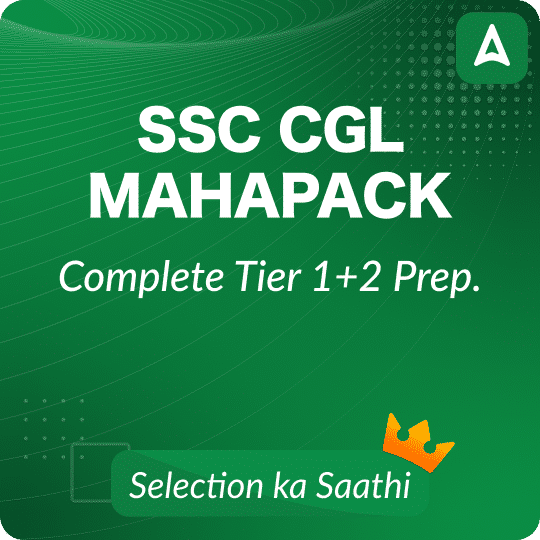

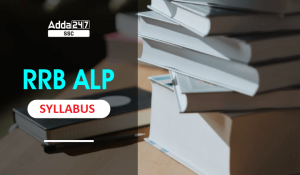 RRB ALP Syllabus 2025, Check detailed Sy...
RRB ALP Syllabus 2025, Check detailed Sy...
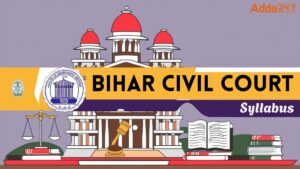 Bihar Civil Court Syllabus 2025 Check De...
Bihar Civil Court Syllabus 2025 Check De...
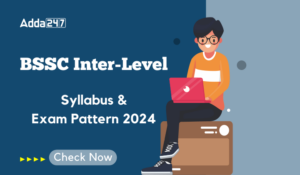 BSSC Inter Level Syllabus and Exam Patte...
BSSC Inter Level Syllabus and Exam Patte...


